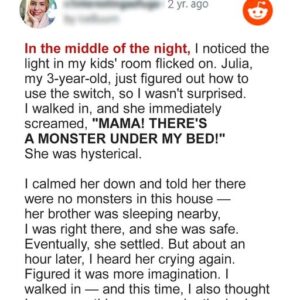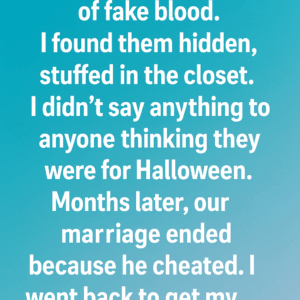Meghan, a bride-to-be from a wealthy background, was anxious about how her fiancé’s less affluent family would fit into her upscale wedding vision. Worried that their appearance or behavior might not align with the formal event she imagined, she created four specific guidelines for them regarding dress code, behavior, and general conduct. She believed she was simply setting expectations to ensure everything looked “perfect.”
However, her fiancé’s family felt deeply insulted and humiliated by these rules. They saw them not as guidance, but as class-based judgment and an indirect way of saying they weren’t good enough as they were. What Meghan considered helpful structure, they interpreted as disrespect and snobbery.
Feeling unwelcome and demeaned, the fiancé’s family collectively decided they would not attend the wedding. This included close family members, some of whom had initially been excited to celebrate the union. Tensions escalated quickly, leaving Meghan shocked at their reaction and confused about why they were so offended.
In response, many people who heard her story, including commenters like Bill Marsano, strongly believed she was in the wrong. The general consensus was that her rules were condescending and lacked empathy. Meghan’s attempt to control appearances ended up isolating her from her future in-laws and casting her actions in a negative light.





